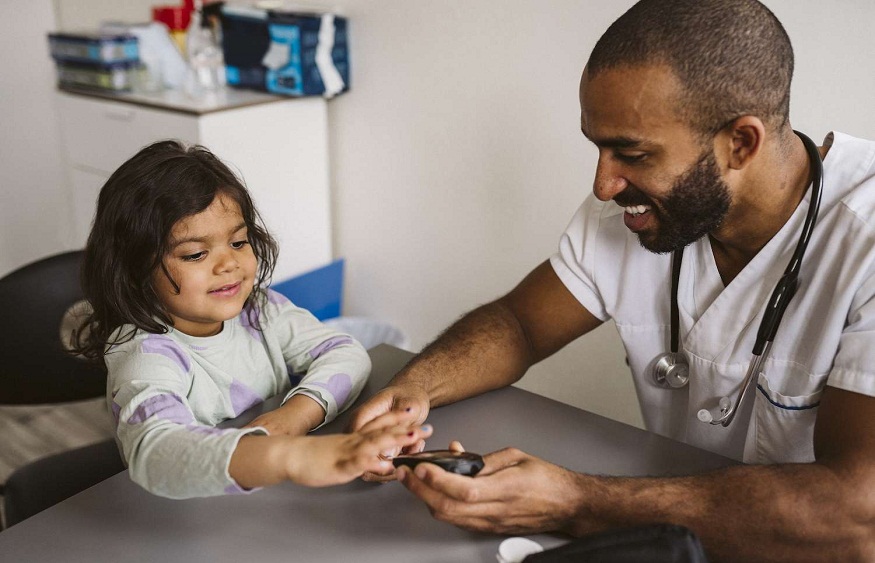Early Signs and Symptoms of Type 1 Diabetes in Children and Adults
3 min read
Diabetes mellitus type 1 is a long-term disease in which the body cannot produce enough insulin or does not produce it at all. It affects people of any age and may be rapidly progressive. This makes it very important that the condition is detected as early as possible before the complications worsen and treatment is initiated. Early diagnosis of symptoms of Type 1 diabetes can give individuals care so that they get a medical checkup at an early stage of the disease.
The following are some frequent indicators that emphasize the first manifestations of pathology.
Frequent urination and bedwetting
Regardless of age, one of the first symptoms of Type 1 diabetes is feelings of increased thirst and more frequent urination. The kidneys filter and reabsorb more glucose than average in high blood sugar levels. Indeed, the body forms even more urine, leading to more bathroom visits during the day. Bedwetting may develop suddenly when kids are trained to use the toilet. This is one of the symptoms that any parent should look out for, especially in their children. If you observe such symptoms, seek type 1 diabetes treatment.
Increased Thirst
Excessive urination is indicative of increased hydration levels that cause extra thirst. A child or adult may take several cups of water and still feel the thirst and dissatisfaction pressure rise inside their throat. This third may be constant; it may be present even if the patient has recently drunk a lot of fluids.
Unexplained Weight Loss
This basic need is unmet generally coupled with an increase in appetite. Most patients with Type 1 diabetes suffer from rapid weight loss without a known cause. Because there is no way of utilizing glucose for energy, the body turns to muscle and fat, which causes the patient to lose some weight. This is especially so because growth is a vital process, and children are susceptible to changes in their physical health.
Extreme Hunger
Due to the failure of glucose to be transported in the body’s cells, people with untreated Type 1 diabetes feel hungry or hungry after eating.This is the body’s way of telling it that it needs more fuel; however, the lack of ability to metabolize glucose makes it worse.
Fatigue and Irritability
Both children and acute diabetic adults become weak and irritable. When the body cannot use glucose, it becomes tired or bored simply because glucose is the primary source of energy. Also, low blood sugar levels cause depression, while high levels affect moods and may lead to irritability. If these symptoms are chronic, they can become symptoms of dysfunction of insulin regulation.
Blurred Vision
This is because high blood sugar levels influence the movement of fluid in the lenses of the eyes, and this influences. Both adults and children may also see that their focus is fading or they cannot make out objects clearly, a symptom that should not be dismissed since it may be a sign of diabetes.
Fruity-Scented Breath
In most severe untreated forms of type 1 diabetes, the breath may earn a fruity scent. Diabetic cataract formation is believed to occur due to the metabolic breakdown of fats in the body when there is inadequate insulin. This symptom, together with nausea and vomiting, is one of the earliest signs of Diabetic ketoacidosis (a dangerous condition).
Final Thoughts
Knowing such signs and symptoms appropriate at the early stages of Type 1 diabetes is crucial in the prevention, diagnosis, and treatment. This means that type 1 diabetes can be diagnosed in the early stages and hence taken through regular treatment, which minimizes severe effects such as Diabetic ketoacidosis. You must see a doctor if you or your loved one develop any of these symptoms. Therefore, this lifelong disease’s behavior can be well controlled with awareness and proper preventive measures.






